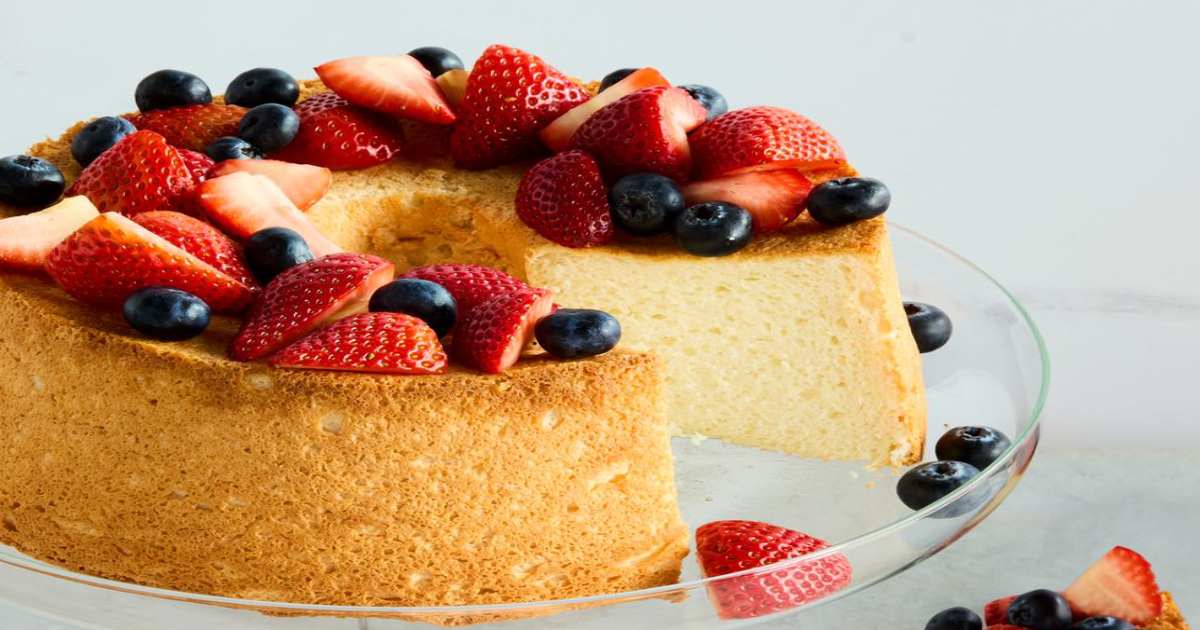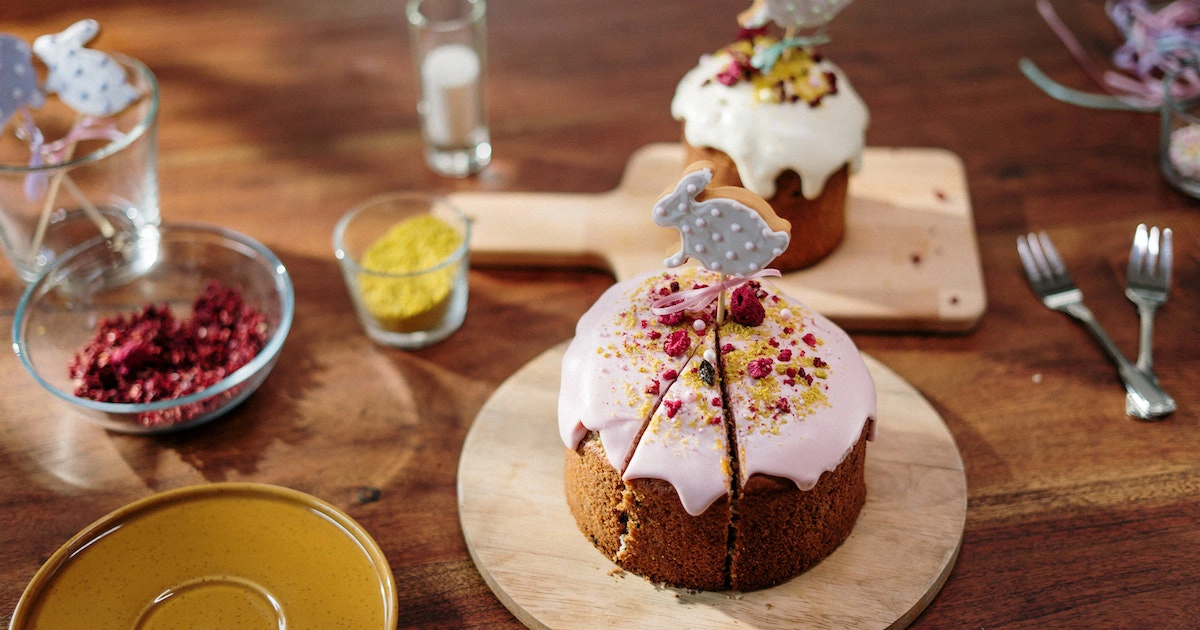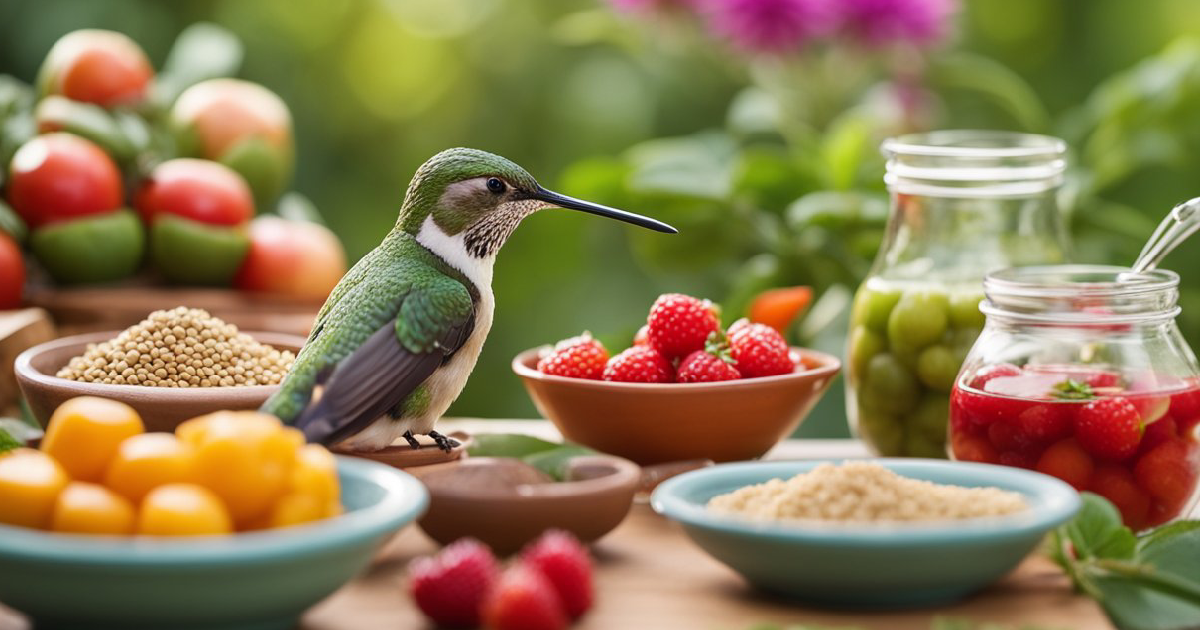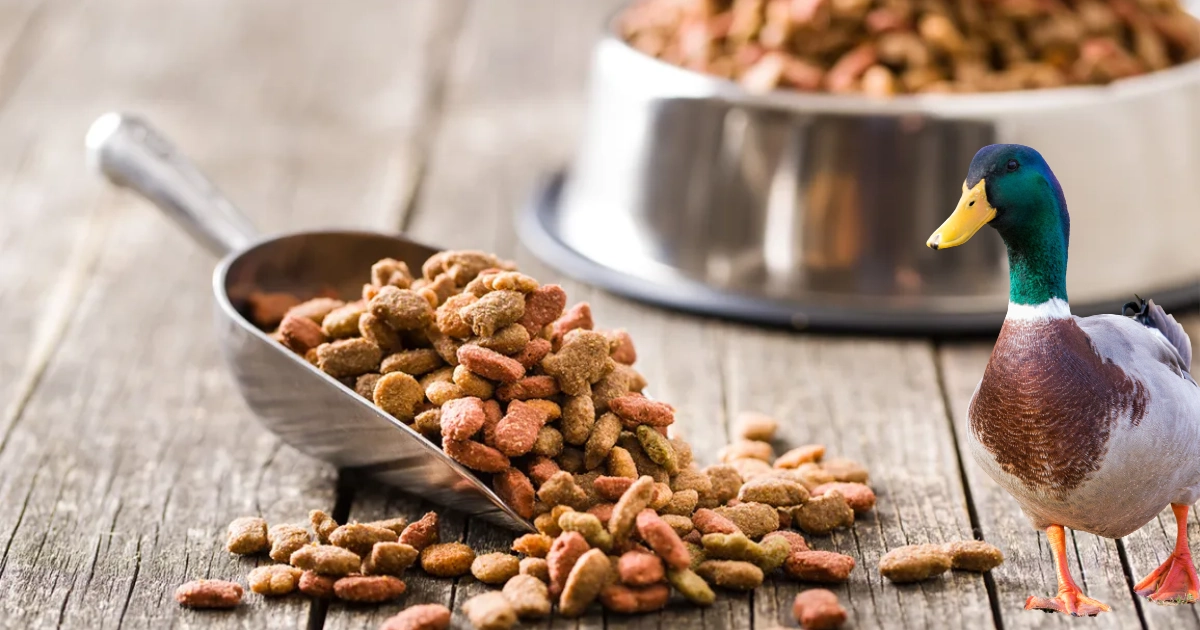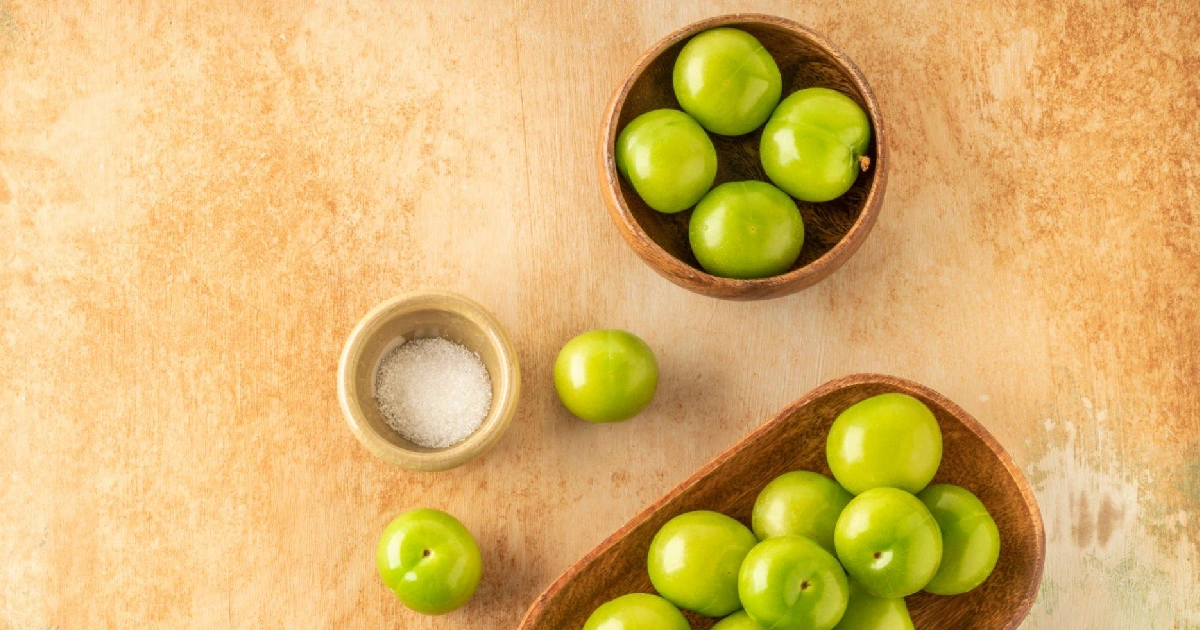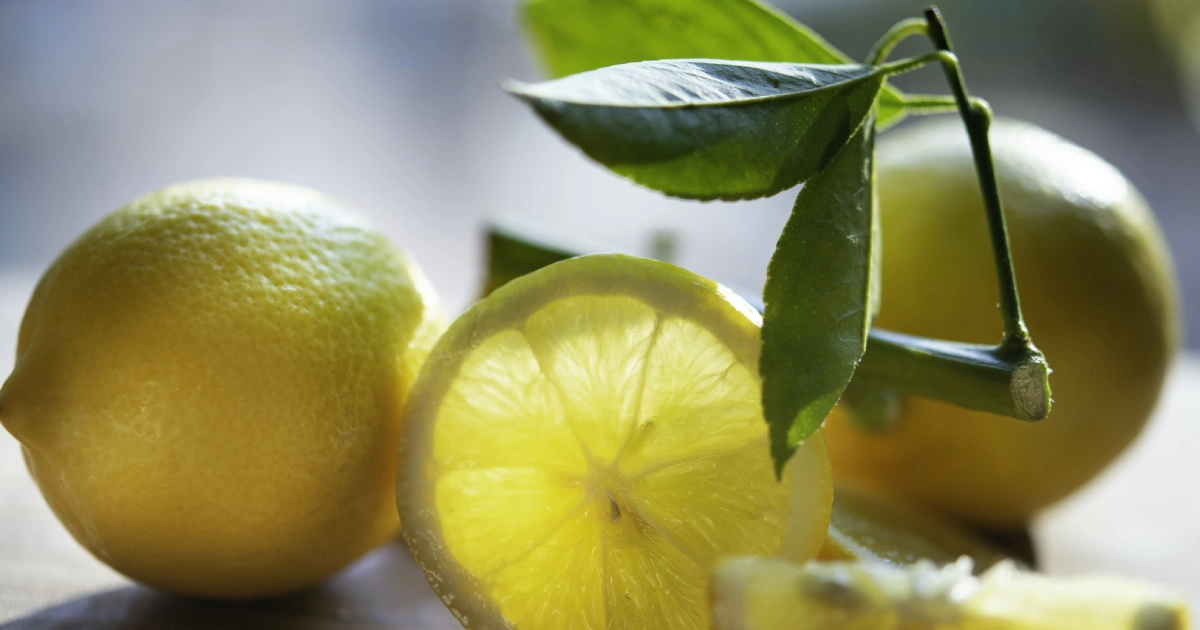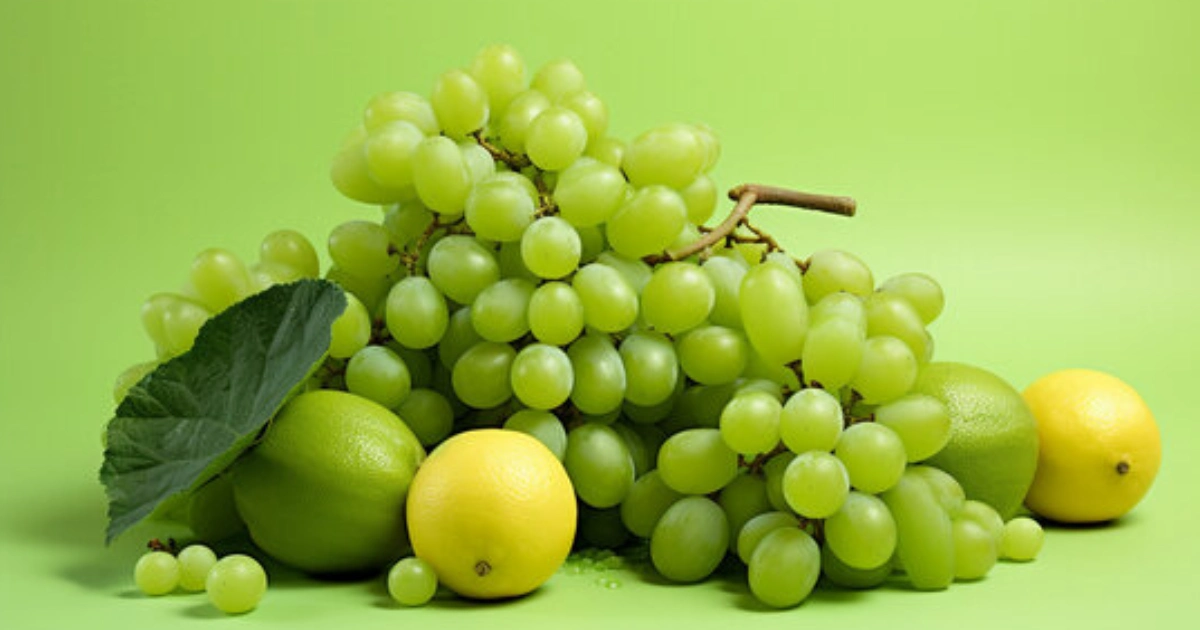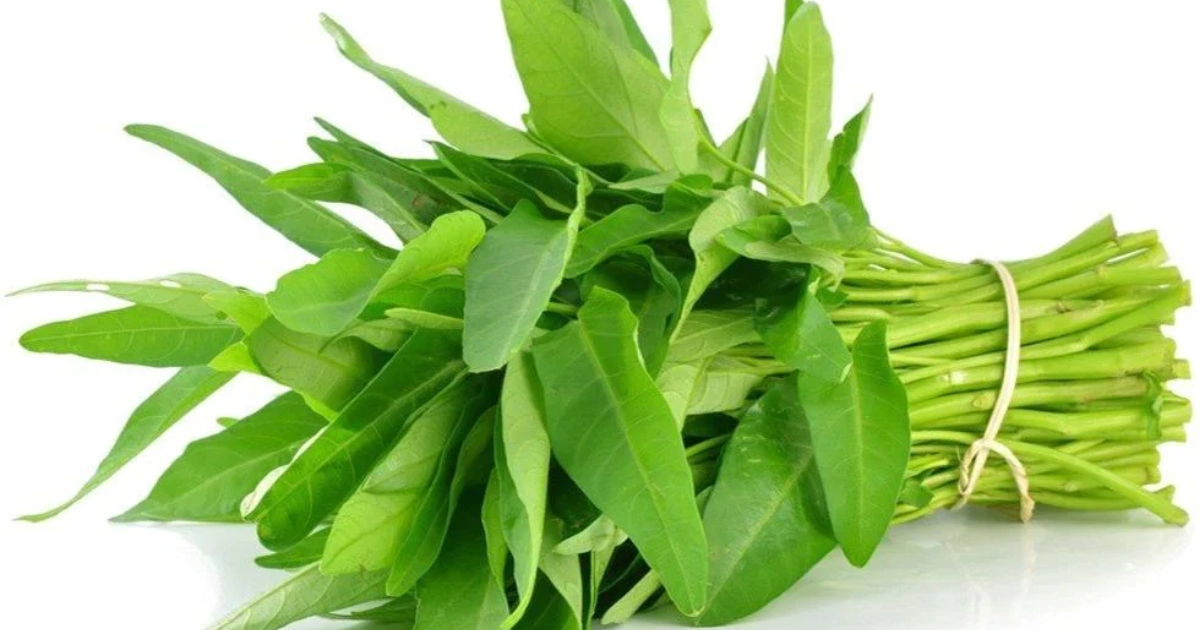Are you considering replacing your kitchen countertop with teak wood but wondering if teak oil, often used as a sealant for the wood, is food safe? As an increasing number of Americans are choosing to fill their homes with natural components and finishes like unfinished hardwoods, ensuring that these surfaces will not come in contact with potentially harmful substances is becoming more important. In this blog post, we’ll uncover what experts say about the safety of using teak oil in the home environment – particularly regarding contact with food items! So whether you’re looking for an updated look in the kitchen or want to know if applying teak oil can present any risks over time, read on as we break down all you need to know!
What Is Teak Oil And Where Does It Come From
Teak oil is a popular wood finishing product that has recently gained popularity. Made from the nuts of the Tung tree, the oil provides a rich and deep finish to any wooden surface. However, teak oil does not make from teak wood despite its name. Instead, it is a type of oil specifically formulated to improve the natural beauty of the wood. Its origins can trace back to ancient China, where it used to seal the hulls of boats and ships. Today, it is used for various purposes, from preserving outdoor furniture to enhancing the look of interior wooden surfaces. While some argue that teak oil is not as durable as other wood finishes, its unique properties make it a popular choice for many DIY enthusiasts and woodworkers.
What Colour Is Teak Oil?
Teak oil is popular for those looking to protect and preserve their wooden furniture or structures. But what colour is teak oil exactly? The answer may depend on the brand and type of teak oil used. Some teak oils have a slightly yellow or amber hue, while others may appear more transparent. The purpose of teak oil is to penetrate the wood and provide a protective layer against moisture and UV damage, so the colour may not be the main concern for many users. However, it’s always important to read the labels carefully and conduct a small test patch before applying the oil to a larger surface to ensure you achieve the desired result.
Does Teak Oil Smell?
Teak oil is a popular product that protects and nourishes teak wood furniture and surfaces. But some people might be wondering, does teak oil smell? The answer is yes, but it depends on the brand and type of teak oil used. Before application, teak oil has a distinct odour that can describe as nutty or woody. After application, the smell will linger but eventually, fade away as the oil dries and sets in. However, it’s important to note that inhaling large doses of teak oil fumes can have adverse health effects, so always apply it in a well-ventilated area.
Is Teak Oil Non-Toxic?
Teak wood oil is a popular choice for protecting and enhancing the natural beauty of wooden surfaces, mainly outdoor furniture and boat decks. One question that often arises is whether or not it is non-toxic. Fortunately, the answer is yes! Teak oil is generally considered safe for use as long as it is used as directed, as it formulates with natural oils and resins that do not contain harmful chemicals. However, it is important to note that while teak oil is non-toxic, some people may be sensitive to certain components or fumes. Hence, wearing protective gloves and working in a well-ventilated area when applying the oil is always a good idea.
What Is The Main Ingredient In Teak Oil?
Teak oil is a number one choice for those looking to protect and enhance the natural beauty of teak wood. But what exactly is teak oil made from? The main ingredient is a natural oil found in the seeds of the tung tree. This oil is combined with other ingredients, such as linseed oil and varnish, to create a blend that can penetrate deep into the wood grain while providing a protective coating on the surface. Teak oil is known for its ability to resist moisture, UV rays, and the effects of ageing. So whether you’re a boat owner or furniture enthusiast, teak oil is a reliable solution for preserving the natural beauty of your beloved teak wood pieces.
Understanding The Health Risks Of Teak Oil
Teak oil is a famous wood furniture finish that carries potential health risks. Before using teak oil, it’s important to understand what it is and where it comes from. Teak oil is made from teak tree oil, native to Southeast Asia. It’s commonly used on outdoor furniture and boats because it helps protect the wood from the elements. However, teak oil can harm human health if ingested, inhaled, or absorbed through the skin. Symptoms of exposure include nausea, dizziness, and skin irritation. Understanding the potential health risks of teak oil can help you make informed decisions about how to use it safely.
Is Teak Safe For Food?
Teak is a popular wood choice for various applications, including furniture, boats, and kitchen utensils. However, While untreated teak is generally safe for food contact, teak oil and other wood finishes may not be. If you plan to use teak for cooking or serving purposes, choose a product that states it is food safe. Taking these precautions, you can clearly and safely enjoy the beauty and durability of teak in your kitchen.
Is Teak Oil a Preservative?
Teak oil has long been a popular choice for those seeking to enhance the wood’s natural beauty while protecting it from the harsh elements that can cause damage over time. But is teak oil a preservative? While it’s true that this wood finish can be effective at repelling moisture and preventing fungal growth, it does not have the same level of protection as a proper preservative. Teak oil is generally used to nourish and restore the natural colour of the wood and may provide some limited protection against fading and splintering. However, if you want to safeguard your wood from rot, insects, and other types of damage, you’ll want to opt for a more comprehensive preservative product.
Is Teak Oil Safe For Babies?

As a parent, it’s natural to scrutinize the safety of every product that comes into contact with your baby. When it comes to teak oil, the answer could be more straightforward. Teak oil is known for its excellent protective qualities on wood, making it a popular choice for butcher blocks, cutting boards, and other food preparation surfaces. However, not all teak oils are created equal, and some contain harmful chemicals that may be unsafe for babies. To ensure your baby’s safety, consider using food-grade oil designed explicitly for butcher blocks instead. Always read the label and research before applying oil on surfaces where your baby may come into contact.
How To Choose A Safe Teak Oil For Food Preparation
Regarding food preparation, safety is always a top priority. When choosing a teak oil for food preparation, you want to ensure that the oil is safe to use and won’t contaminate your food. Look for a teak oil specifically labelled as safe for food prep and made from natural, food-grade ingredients. Avoid oils containing harmful chemicals or ingredients that could be hazardous to your health. It’s also a good idea to research and read reviews from other users to ensure that the oil you choose is tried and tested for food prep safety. Taking these precautions will give you peace of mind knowing that your food prepares in the safest manner possible.
Are There Natural Alternatives To Teak Oil For Food Safety
Safety is always a top priority regarding food preparation surfaces. Teak oil is a popular choice for sealing and protecting wooden surfaces, but concerns about its safety for food use have led many to look for natural alternatives. Fortunately, there are several options available that can provide similar benefits without the potential risks. One of the most commonly recommended alternatives is mineral oil, which is non-toxic and food-safe. Beeswax and coconut oil are other options that can provide a protective seal while being safe for use with food. By choosing a natural alternative to teak oil, you can ensure that your food prep surfaces are protected and safe for you and your family to use.
Teak Oil Vs Tung Oil
| Comparison | Teak Oil |
Tung Oil |
| Origin | Derived from teak tree seeds or nuts | Extracted from the nuts of tung tree |
| Color | Enhances the natural warm tone of wood | Adds a warm amber tone to wood |
| Penetration | Deeply penetrates wood fibers | Penetrates wood fibers but not as deeply |
| Protection | Provides moisture resistance and UV protection | Offers moisture resistance and some UV protection |
| Durability | Requires regular reapplication for long-term durability | Offers long-lasting protection with minimal maintenance |
| Drying Time | Relatively fast drying time | Slower drying time compared to teak oil |
| Finish | Creates a rich, natural-looking finish | Produces a glossy or satin finish |
| Application | Suitable for both indoor and outdoor wood surfaces | Suitable for both indoor and outdoor wood surfaces |
| Compatibility | Compatible with a wide range of wood species | Compatible with most wood species |
| Ease of Use | Easy to apply and maintain | Easy to apply, but may require more coats |
Tips For Cleaning And Storing Utensils Treated With Teak Oil
Teak oil has become a popular choice among homeowners for treating wooden utensils used in food preparation. It provides a sleek finish and protects the wood from damage caused by water and other liquids, prolonging the life of your utensils. However, cleaning and storing utensils treated with teak oil requires specific attention to maintain their quality and durability. To ensure the longevity of your utensils, it’s essential to clean them with gentle soap and warm water after each use and to dry them thoroughly before storing them in a cool, dry place. Also, avoid using harsh chemicals or dishwashers when cleaning your utensils as they can strip off the teak oil, ruining the finish and decreasing lifespan. Maintaining these simple tips, you can enjoy using your wooden utensils treated with teak oil for many years.
Is Teak Oil Safe For Humans?
When properly used, pure teak oil is generally considered safe for humans. However, it is essential to note that not all teak oils are created equal. Some products on the market may contain added chemicals or solvents that can pose health risks if ingested or inhaled. To ensure safety, it recommends choosing a pure teak oil that does not contain any additives. Also, proper ventilation and protective gear should use when applying teak oil to avoid irritation and inhalation of fumes. As with any chemical substance, handling pure teak oil carefully and following all safety precautions is important.
Is Teak Oil Safe For Cutting Boards?
Cutting boards are an important tool in any kitchen, but it’s important to know what you’re using on them when it comes to staining or finishing. When it comes to staining, finding a food-safe option is a must. Teak oil is a popular choice for many wood surfaces, but is it safe for your cutting boards? The good news is that high-quality teak oil is food safe and can use on cutting boards. However, it’s important to ensure that you use a food-grade teak oil and apply it correctly. Follow the manufacturer’s instructions and allow ample time to dry and cure the oil before using the cutting board. With the right precautions, teak oil can be a safe and effective option for staining your cutting boards.
The Benefits Of Using Teak Oil For Food Preparation

If you are looking for a safe and healthy way to protect your wooden cutting boards and food preparation surfaces, look no further than teak oil. This natural oil has been used for centuries to condition and protect the wood, not just for its beauty but because of its unique ability to repel water and resist bacteria and fungi. Teak oil contains natural antioxidants that help to protect the wood from damage caused by exposure to the sun, heat, and moisture. It is also completely food safe, making it an ideal choice for use in the kitchen. With the bonus of a subtle and pleasant aroma, there’s no reason not to try teak oil for your food preparation needs.
The Best Oil For Wood Furniture
Choosing the correct oil can make all the difference when caring for your wood furniture. Wood oil protects and nourishes the wood, keeping it looking beautiful for years to come. The best oil for wood furniture contains natural ingredients and is easy to apply. Look for an oil formulated for indoor use, as some oils may attract dust or insects. Ultimately, the type of wood you have and its current condition will influence which oil is best for your furniture. With the correct oil and a little care, you may enjoy the natural beauty of your wood furniture for years to come.
Can You Use Teak Oil On Any Wood?
Many wonder if they can use teak oil on other types of wood besides teak. The answer is yes, but it may produce a different result. Teak oil is specifically formulated to enhance teak wood’s natural beauty and durability, making it resistant to water and other outdoor elements. While it may work on other hardwoods, the effect may not last as long, and the wood may have a different level of protection against the elements. It is best to stick with oils specifically designed for the type of wood you are working with to ensure the best results.
How To Clean Teak Dining Table
Teak is a beautiful, durable, and expensive wood often used for outdoor furniture. With the right care, teak furniture can last very long. But if you want your teak dining table to maintain its beautiful golden colour and smooth texture, you must know how to clean it properly. Remove any loose dirt or spoil using a soft-bristled brush or vacuum cleaner to clean your teak dining table. Afterwards, use mild soap and warm water to gently scrub the table surface with a soft sponge or cloth. Rinse the table with water and pat dry with a clean cloth. Remember to apply teak oil or sealer to protect the wood and keep its natural shine. With these simple steps, you can keep your teak dining table looking brand new for years.
Teak Oil Vs Linseed Oil
| Comparison | Teak Oil |
Linseed Oil |
| Source | Derived from teak tree seeds or nuts | Extracted from flaxseeds |
| Color | Enhances the natural warm tone of wood | Adds an amber tone to wood |
| Penetration | Deeply penetrates wood fibers | Penetrates wood fibers |
| Protection | Provides moisture resistance and UV protection | Offers moisture resistance |
| Durability | Requires regular reapplication for long-term durability | May require more frequent reapplication |
| Drying Time | Relatively fast drying time | Slower drying time compared to teak oil |
| Finish | Creates a rich, natural-looking finish | Enhances the natural beauty of wood |
| Application | Suitable for both indoor and outdoor wood surfaces | Suitable for both indoor and outdoor wood surfaces |
| Compatibility | Compatible with a wide range of wood species | Compatible with most wood species |
| Ease of Use | Easy to apply and maintain | Easy to apply and maintain |
| Versatility | Ideal for teak, mahogany, and other tropical hardwoods | Suitable for a variety of wood species |
| Price | Generally more expensive than linseed oil | Generally more affordable than teak oil |
Conclusion
As you can see, teak oil is a complex subject, and there are a few elements to consider if you decide to use it. While chemical teak oil can be initially food safe, the key is making sure it has been applied correctly and is maintained regularly. Natural oils such as coconut oil or beeswax are also great alternatives that provide a food-grade coating with little toxicity. You must understand the details surrounding teak oils before you commit to using them around areas where people may come into contact with food products. That way, you can decide whether this type of product is the right fit for your lifestyle or environment. At the end of the day, if something doesn’t feel right, then trust your gut and do more research until you find an appropriate solution.
FAQ:
Q: What Is Teak Oil?
A: Teak oil is a type of wood finish specifically formulated for use on teak wood or other hardwoods. It typically makes from a combination of oils, resins, and solvents.
Q: What Is Teak Oil Used For?
A: Teak Oil Primarily Enhances And Protects Teak Wood’s Natural Beauty. It Commonly Applies To Outdoor Furniture, Decks, Boats, And Other Teak Wood Surfaces. It Helps To Nourish The Wood, Highlight Its Grain, And Provide A Protective Layer Against Moisture And Uv Damage.
Q: Is Teak Oil Food Safe?
A: No, teak oil is not considered food safe. It is intended for use on wood surfaces and should not come into direct contact with food or use on cutting boards, utensils, or other items that come in contact with food.
Q: How Do I Apply Teak Oil?
A: The application process may vary slightly depending on the specific product, but generally, you can follow these steps:
Make sure the wood surface is clean and dry.
Apply a thin and even coat of teak oil using a brush or cloth, following the wood grain.
Wipe off extra oil with a clean cloth.
If desired, allow the wood to dry completely before using or applying additional coats.


